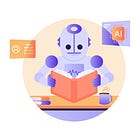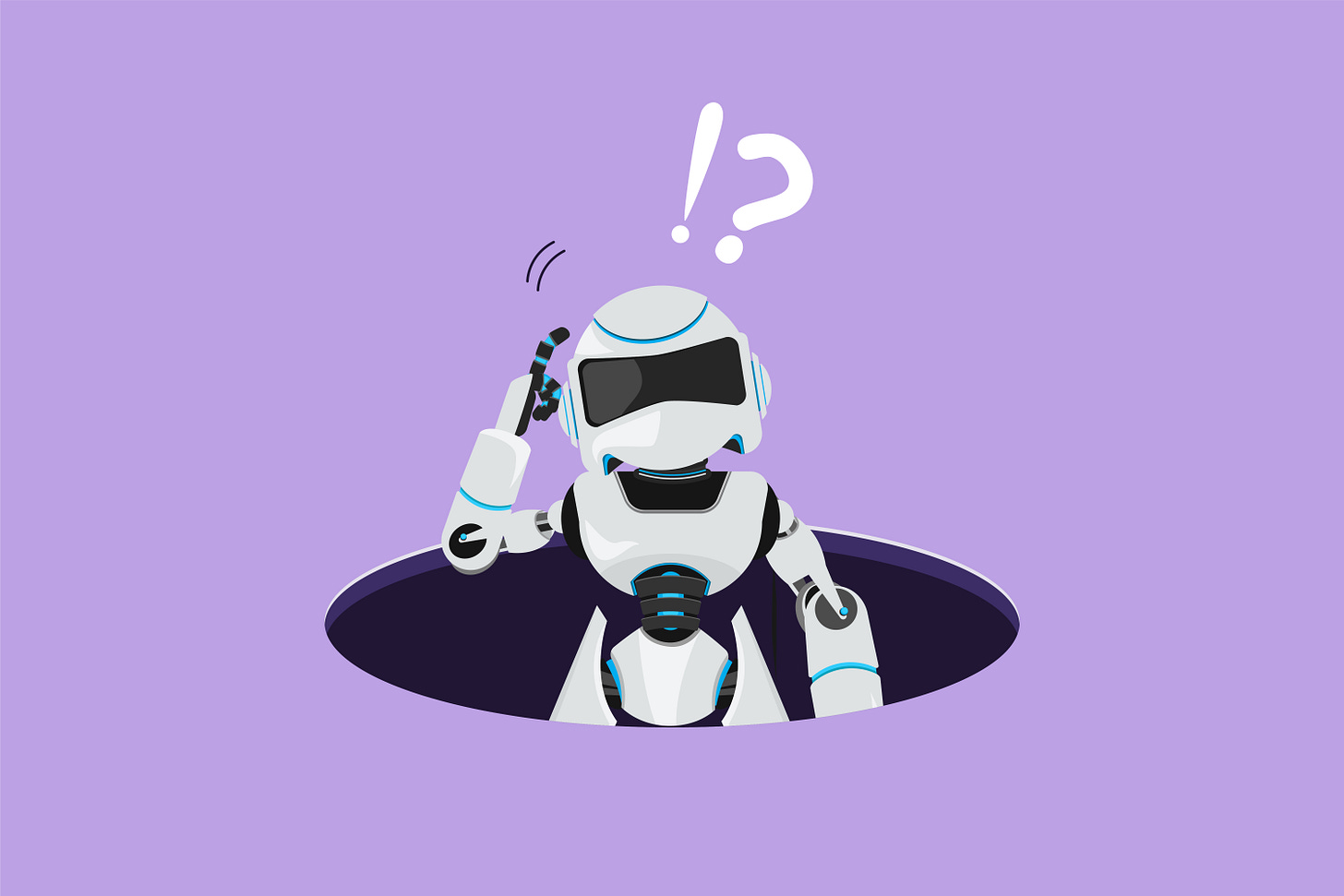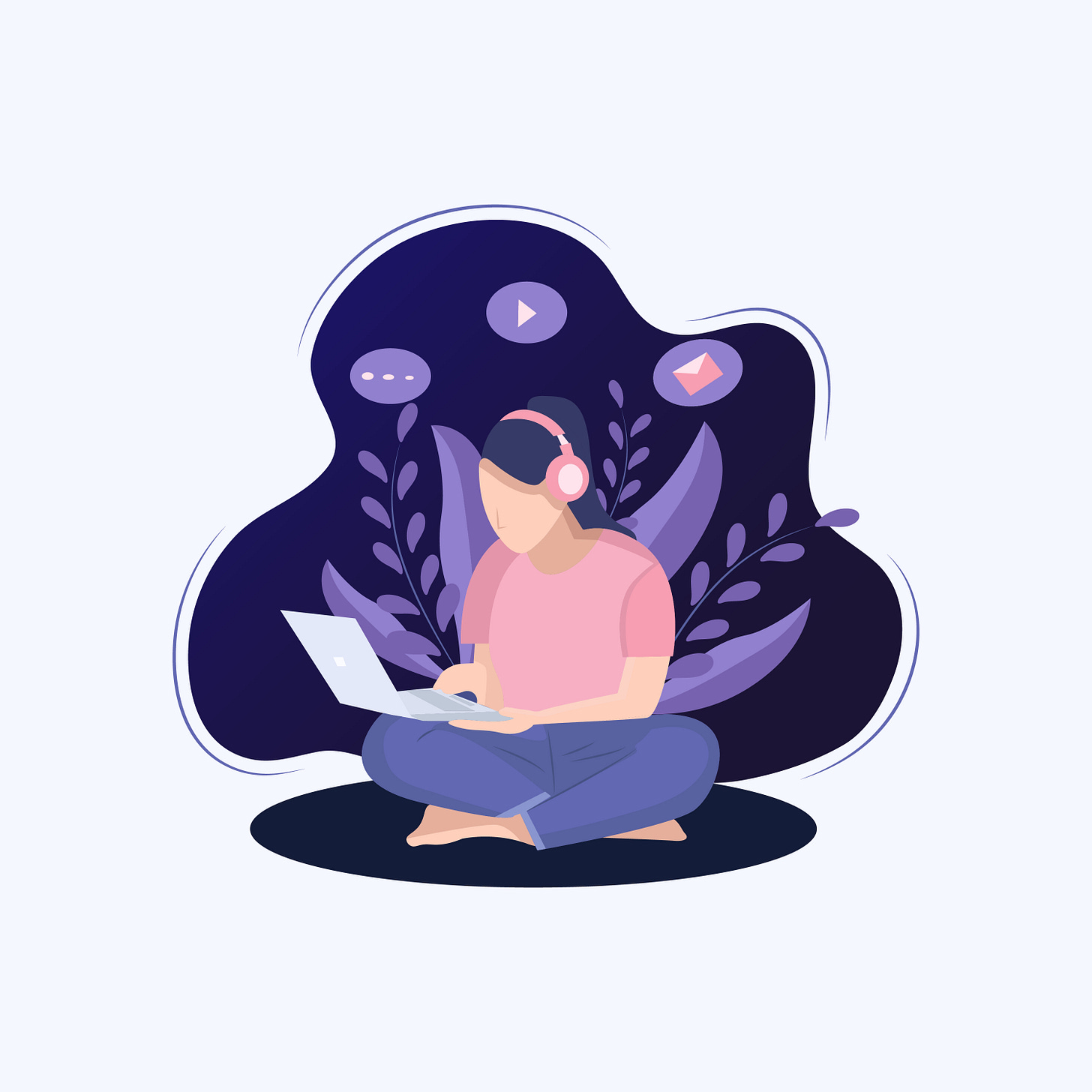The ChatGPT Learning Curve: Why AI Thinks Like Us and How to Improve Its Responses
Embracing AI Like a Learning Process, Not a Final Exam
Most people think of learning AI like learning a new app—read the documentation, maybe watch a YouTube video, follow the steps, and get predictable results. But what if it’s more like learning to ride a bike—wobbles, missteps, and a few scraped knees before you start cruising?
The truth is, getting good at using AI isn’t about knowing all the right answers upfront. It’s about exploring, experimenting, and improving through trial and error. AI doesn’t come with a cheat sheet, and even if it did, it would be outdated by next Tuesday.
So, instead of treating AI like a test where you either pass or fail, what if we approached it the way we learn most things in life—by playing around, making adjustments, and figuring out what works?
In this article, we’ll break down why AI "thinks" a lot more like us than you might expect (flaws and all), why the best AI users aren’t necessarily the most technical ones, and how you can start experimenting with AI in a way that feels natural, low-pressure, and actually fun.
Want to learn more about how intelligence works in AI? Check out our article!
AI Thinks Like Us—Flaws and All
If you’ve ever caught yourself second-guessing a decision—rewriting a text five times before sending it, changing your mind about dinner plans three times in an hour, or suddenly abandoning a solid idea because something shinier popped into your head—congratulations, you have something in common with AI.
AI researchers discovered that language models often jump between ideas too soon, switching thoughts before fully developing them. Studies show that AI sometimes gives up on good ideas too soon—like someone abandoning a half-solved puzzle because they assume they’re stuck. Instead of sticking with a problem, AI sometimes jumps between ideas, wasting effort without getting better results.
Sound familiar? It should. Our brains do the same thing. Ever start cleaning the kitchen, then remember the laundry, then halfway through folding a shirt, spot a book you meant to read—and suddenly forget what you were doing? AI struggles with the same kind of premature mental detours.
We don’t expect people to learn without mistakes—so why expect AI to? Just like us, AI benefits from iteration. It refines answers through back-and-forth adjustments, just as we tweak our approaches when learning something new.
Just like us, AI doesn’t always get things right on the first try—but that’s not a weakness, it’s part of the process. And that’s exactly why the best AI users aren’t necessarily the most technical ones; they’re the ones who embrace experimentation.
The Best AI Users Are the Ones Who Experiment
People often expect AI to come with a structured lesson plan—like learning software with clear steps and predictable results. But working with AI isn’t like learning Excel formulas or following a Duolingo course. It’s more like cooking without a recipe.
Remember the first time you tried a new recipe? You followed the instructions, but the dish turned out bland or the texture felt off. So the next time, you adjusted—added a little more spice, swapped an ingredient, cooked it longer. After a few tries, you started trusting your instincts, making it your own.
AI works the same way. The best AI users aren’t the most tech-savvy—they’re the ones who treat it as a hands-on process. They try different prompts, compare responses, tweak their wording, and see what happens. They don’t just accept the first answer at face value; they push, refine, and explore.
So if experimentation is the key to mastering AI, how do you actually get started? If the idea of 'just playing around' sounds a little vague, don’t worry—we’ll break it down into some simple, no-pressure ways to get comfortable with AI experimentation.
Are you a foodie? You might want to check out our article on using AI for food planning.
How to Get Comfortable With AI Experimentation
So you’re on board with the idea that using AI is more about experimenting than memorizing rules. But where do you start? If the thought of messing around with AI still feels a little intimidating, here are some simple ways to get comfortable:
Start with small, low-stakes experiments.
You don’t have to overhaul your workflow overnight—just try AI on things you already do. Need help brainstorming dinner ideas? Summarizing an article? Drafting a casual email? Let AI take a swing at it. No pressure, no commitment—just curiosity.
Ask the same question in different ways.
Want to understand how AI thinks? Try changing up your wording. Try:
“Explain this in simple terms.”
“Give me a detailed breakdown.”
“How would an expert explain this?”
“Summarize this in one sentence.”
Notice how the answers change? This kind of playful testing helps you understand what works best for you.
Embrace “bad” outputs as learning moments.
If AI gives you a weird or useless answer, don’t get frustrated—treat it as a clue. Ask yourself:
Did it misunderstand what I meant?
Could I phrase my request more clearly?
What happens if I adjust my wording slightly?
AI isn’t magic—it largely mirrors whatever you five it. Refine your input, and you’ll get better results.
Iterate, tweak, repeat.
AI’s first response is just a draft, not the final answer. Don’t like it? Ask for a do-over—rephrase it, tweak the tone, make it shorter, or even funnier. The best results usually come after a little back-and-forth.
Treat Ay-I Guy articles as launching pads, not rigid blueprints.
In these articles, you’ll often find example prompts and step-by-step guidance, but they aren’t meant to be strict instruction manuals—unless that’s what works best for you. The goal is to get you exploring and discovering how AI can fit into your life. Some readers may prefer to follow a structured approach, while others will want to tweak and adapt ideas to suit their needs. Either way, the key is to experiment and find your own best approach rather than following any single formula.
At the end of the day, AI is a tool—not a test. The more you explore, the more confident you’ll get. Try, adjust, experiment. That’s where the real learning happens.
Your AI Journey Starts Now
If there’s one thing to take away from all this, it’s that using AI isn’t about having all the right answers—it’s about being willing to explore.
The people who get the most out of AI aren’t the ones who treat it like a test with a pass/fail grade. They’re the ones who poke at it, play with it, and see what happens. They try different prompts, adjust their approach, and refine the results. They aren’t afraid to get weird with it—to see what AI can do when given a little creative freedom.
Ready for a challenge? Next time you use AI, don’t just ask for an answer—push it to do something unexpected. Reword your prompt, switch up the style, or give it a problem you’d never think to use AI for. Need inspiration? Ask it to respond like an ’80s hair metal singer who thinks he’s Donkey from Shrek.
Then, share your best (or weirdest) result in the comments—I’d love to hear what you come up with! Because the best way to learn AI? Start playing with it today.






